Looking Back at the Second Season of Star Trek: Deep Space Nine
As a way of coping with the recent onslaught of awful political news, I decided to re-watch – from beginning to end – an entire season of Star Trek.
Like most fans I know, when I watch Star Trek I tend to cherry-pick either my favorite or the very best episodes from each series; it’s actually been a while since I re-watched an entire season in order without skipping one or two episodes. With 30 seasons (if you include TAS) to choose from, committing to just one was not an easy decision. It was tempting to simply pick TNG’s fourth season or DS9’s sixth — remember, I was looking for pure escapism. After some research, which mostly consisted of PhD-level procrastination over at TrekRanks and Memory Alpha, I picked DS9’s second season (which originally aired from September 1993 to June 1994 in first-run syndication).
I make no apologies about it: Deep Space Nine is my favorite Trek flavor. While TNG will forever be my television equivalent of comfort food (think: my Mom’s black beans and rice), Deep Space Nine is, by every metric, the best Trek has to offer. It built upon, expanded, and challenged the rules of Roddenberry’s original vision. Contemporary Star Trek excels when there’s tension between Roddenberry’s rigid idealistic rules and the reality of what it means to be human; undoubtedly we’ll one day be better than we are now, but getting there will be a bumpy adventure. This, however, is a topic for another blog.
So, with 30 options, why did I choose DS9’s sophomore effort?
DS9’s first season (which aired in 1993) is mostly forgettable. The series kicked off with an effective pilot but the 18 episodes that followed make for weak TV – the one massive exception being the season’s penultimate episode, the thought-provoking and beautifully acted “Duet.” Like TNG’s before it, DS9’s first season does an adequate job of introducing us to a new world and a new cast, but the series doesn’t really start to find its footing until year two.
On the second season DVD box set, DS9 Co-Creator and Executive Producer Michael Piller reflects:
“When we really started doing stories about our space station, and really made it unique to itself, that’s when the series really became special. The second season of Deep Space Nine, I would, personally, put that on a par with any single season in the history of Star Trek.”
Michael Piller, Deep Space Nine Co-Creator and Executive Producer
I don’t agree with Piller in terms of ranking, but he’s right that it’s in the second season that Deep Space Nine started to embrace its unique setting and potential. It’s obvious that it took the writers and producers, who had been used to telling mostly self-contained stories set on a starship, a year to start feeling comfortable with the different formats of the new show.
Deep Space Nine’s basic premise, a show set on a space station on the edge of Federation space, against the backdrop of a decades-long geo-political alien conflict, was perfectly suited for what sets it apart from other Trek incarnations: serialization. While the show was only flirting with serialization at this stage (the season opened with the “Circle Trilogy,” the franchise’s first three-part story), the foundation that the rest of DS9 would be successfully built on was in fact cemented in this second year.
Many of the series’ key story arcs, the stories that 20-plus years later still resonate and connect with us, started to take shape in the second season. It was in this season’s 26 episodes that the Cardassian/Bajoran conflict became noticeably nuanced; deliberate callbacks to characters and storylines from the original series started appearing; and a dark side existing within the Federation and Starfleet began to emerge. It was also when the show’s primary antagonist, the Dominion, was introduced. The Dominion’s existence was drip-fed to us over the entire season prior to their first appearance in the season’s finale, “The Jem’Hadar.”
Because of the show’s format, the writers allowed relationships between DS9’s pantheon of characters to slowly simmer and evolve. While mutual respect and affection continuously deepen over the course of DS9’s entire run, most of the series’ greatest relationships started solidifying during the second season: think O’Brien and Bashir, Bashir and Garak, Quark and Odo, Kira and Dax, Jake and Nog, etc. While the stories propel the show’s meta-narrative forward, it’s DS9’s interpersonal relationships where the show’s heart and maybe even greatest success truly lie.
In the superb Star Trek: Deep Space Nine Companion book by Terry J. Erdmann and Paula M. Block, DS9 writer Robert Hewitt Wolfe notes:
“Any success we have had in subsequent years was built on what we learned in the second season, with its successes and failures.”
Robert Hewitt Wolfe, Deep Space Nine writer
Indeed it’s evident that the writers, like the actors themselves, were not just becoming comfortable with the characters but were starting to branch out and take risks that in some cases would take years to pay dividends. Deep Space Nine‘s second season began to test and push the boundaries of what a serialized Trek could be and we are all – as is Star Trek and Sci-Fi – better for it.
Five Star Trek: Deep Space Nine Episodes to Re-Watch Now
“Necessary Evil”
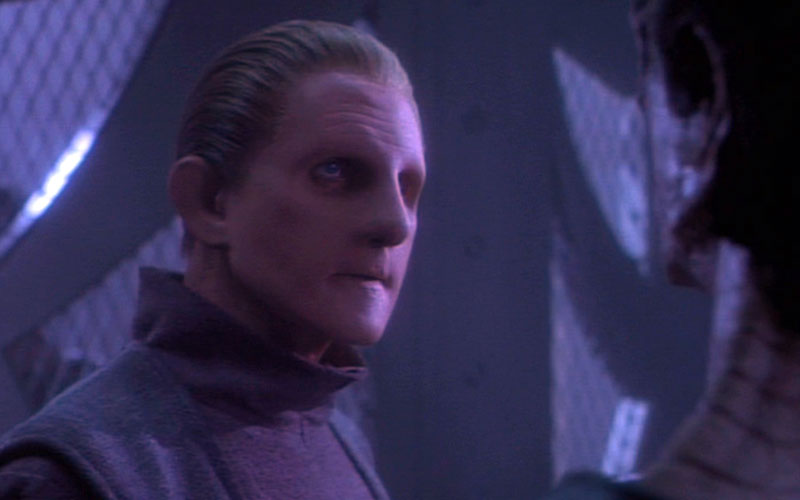
Season 2, Episode 8
Star Trek goes full-on noir. This episode gives us a behind-the-scenes look at the Cardassian occupation of Bajor and sheds light on the dark origins of Kira and Odo’s relationship.
“Blood Oath”
Season 2, Episode 19
Original series Klingons: now with ridges! A layered and action-heavy episode, deep in Trek lore, that makes Dax a far more complex and interesting character (plus there’s plenty of Klingon singing, Bat’leths, and blood wine).
“The Wire”
Season 2, Episode 22
Basically, Garak and Bashir talked to each other for 45 minutes. This episode delves headfirst into Garak’s twisted past and solidifies his and Bashir’s friendship and dynamic. It also introduces us to both Enabran Tain and the Obsidian Order.
“Crossover”
Season 2, Episode 23
Our first return to the Mirror Universe. Somewhat of a sequel to the Original Series fan favorite “Mirror, Mirror,” “Crossover” is a fun show carefully designed for the biggest of fans; the episode takes great delight in showing us the perverse, mirror versions of our heroes.
“The Jem’Hadar”
Season 2, Episode 26
Jake, Nog, Sisko, and Quark go camping and run into the Federation’s biggest threat since the Borg. The season finale is tense and sets the scene for one of the series’ key and defining storylines: the conflict with the Dominion.
There you have it folks and thanks for your reading. As always, leave your comments and opinions below.
The second season of Star Trek: Deep Space Nine is available to stream on Paramount+ and on DVD as part of the Complete Series box set through Amazon.
So what season should we re-watch next? We have 29 to choose from.
Stay tuned to TrekNews.net for all the latest news on Star Trek: Lower Decks, Star Trek: Strange New Worlds, Star Trek: Picard, Star Trek: Discovery, Star Trek: Prodigy, and more.


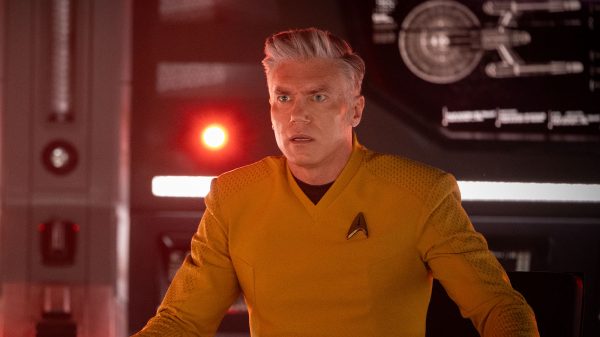
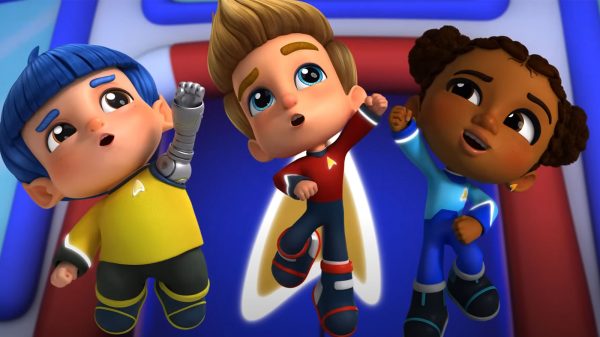
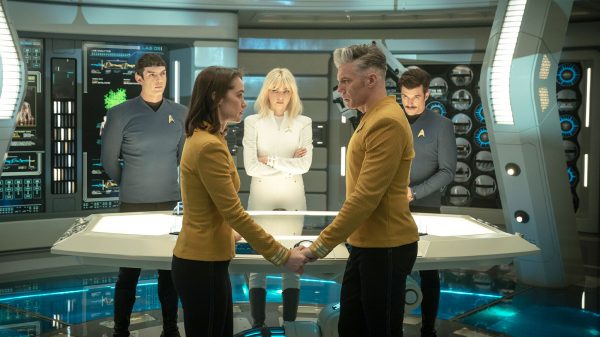
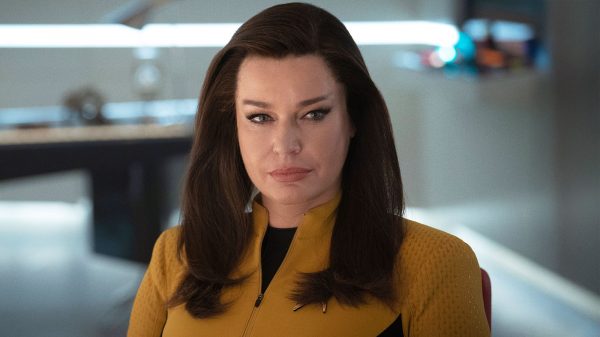
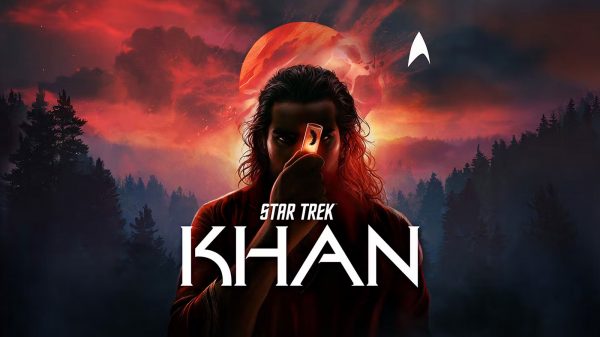

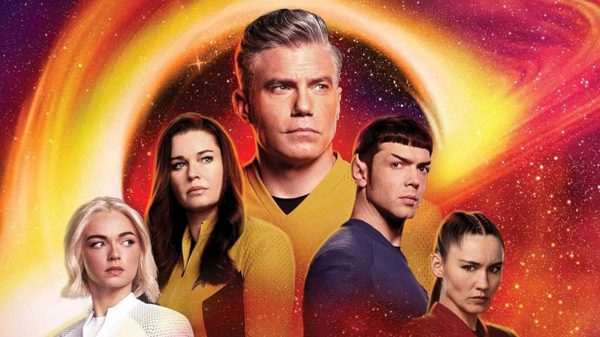
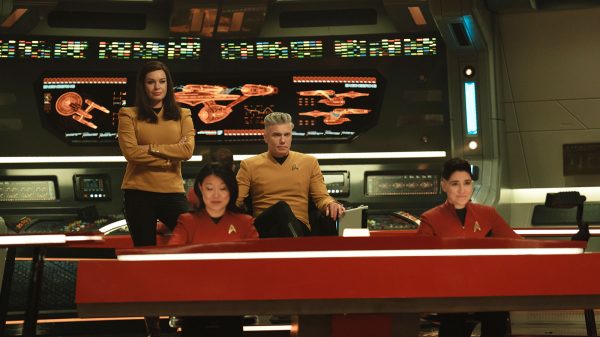
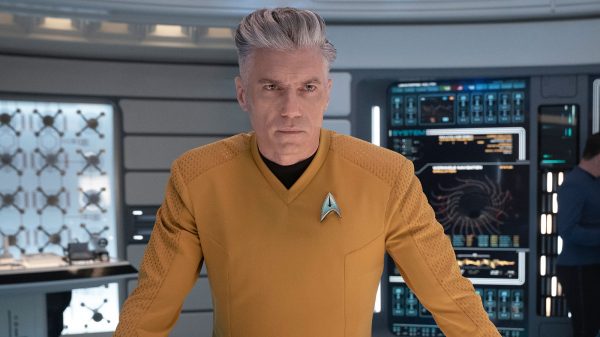
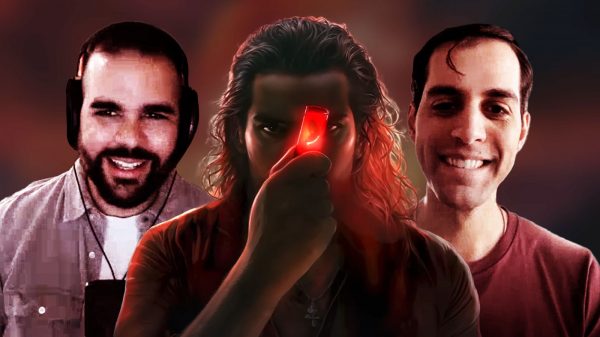
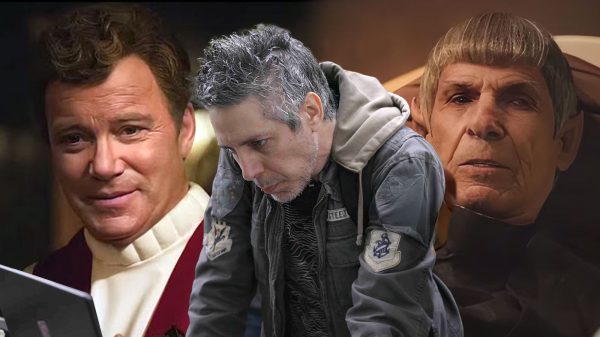


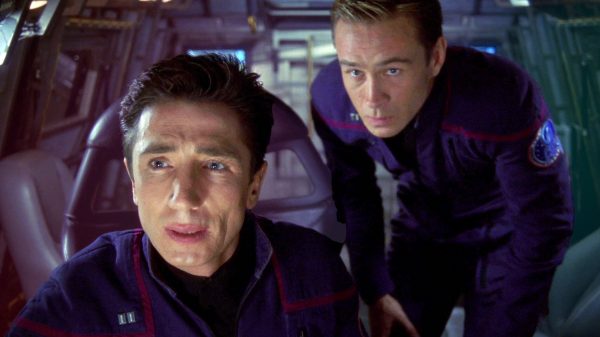
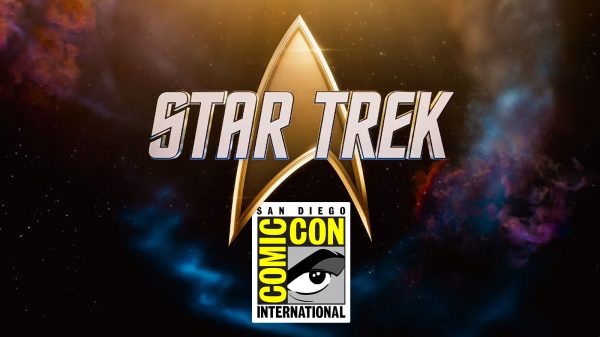

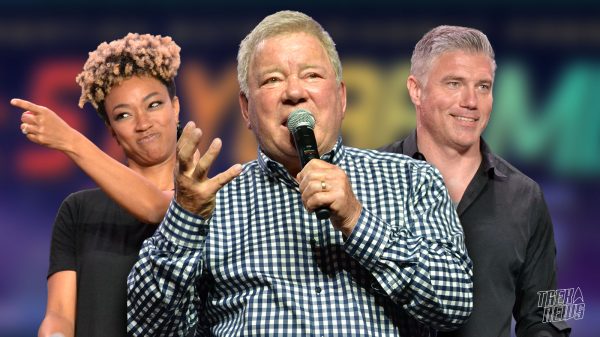
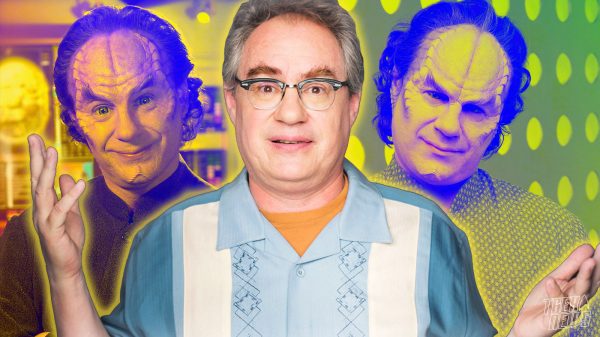
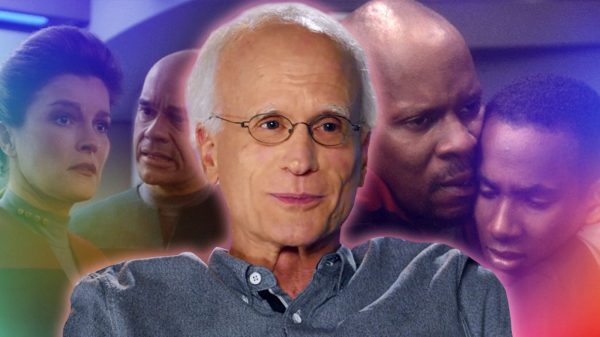



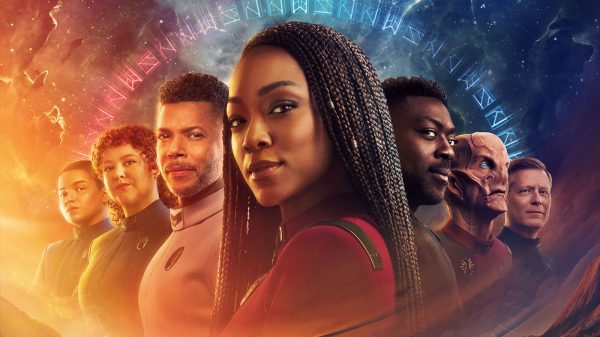
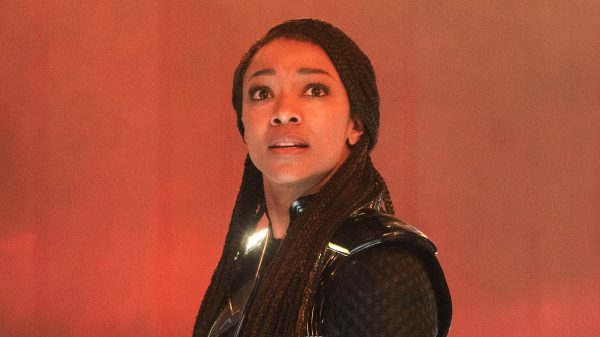

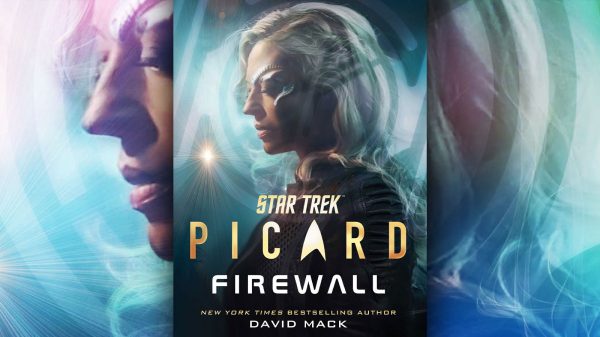
![2023: A banner year for Star Trek — here’s why [Op-Ed]](https://treknews.net/wp-content/uploads/2024/01/star-trek-2023-year-in-review-600x337.jpg)
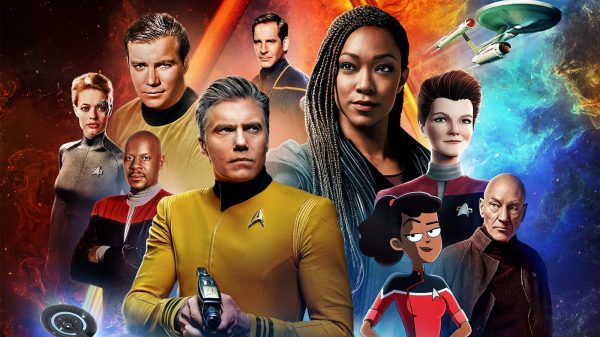
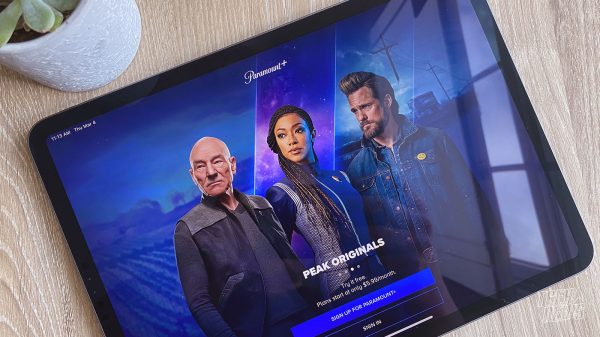
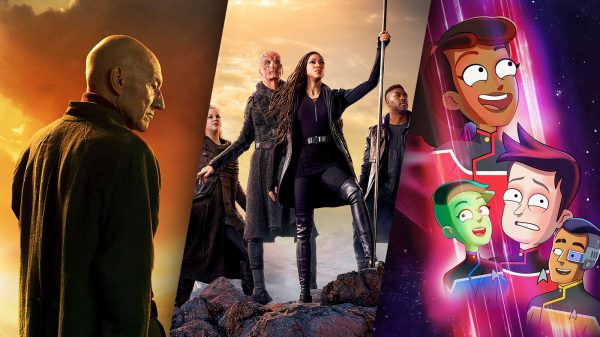
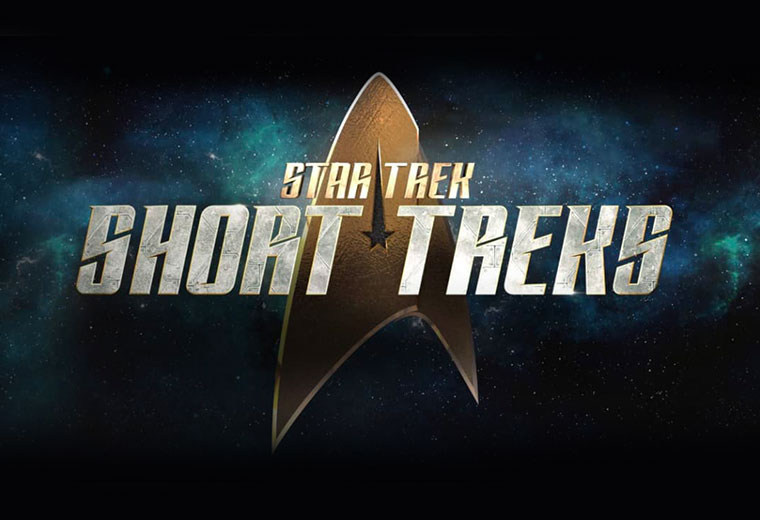
![[REVIEW] STAR TREK: SHORT TREKS "Children of Mars": All Hands... Battlestations](https://treknews.net/wp-content/uploads/2020/01/review-star-trek-short-treks-children-of-mars.jpg)




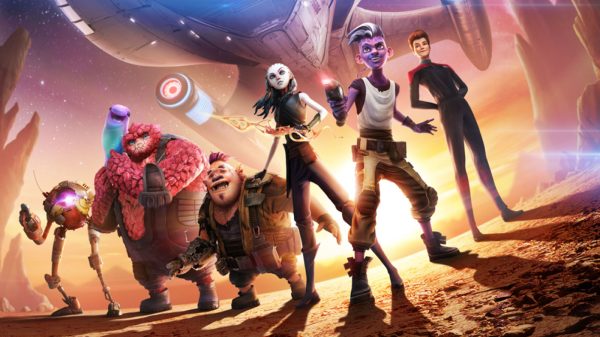







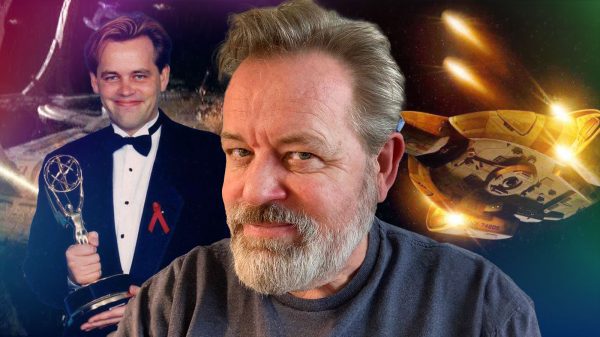
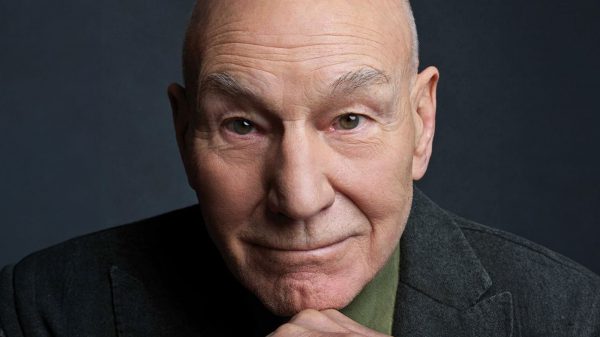
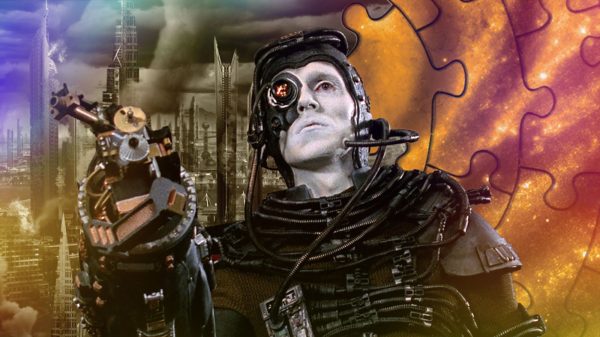
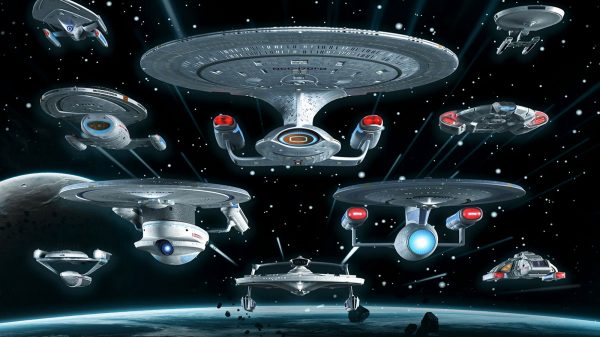
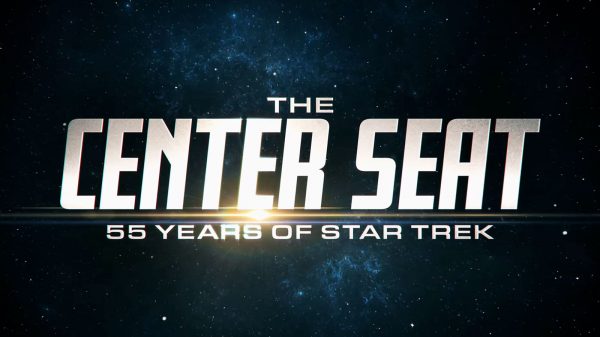
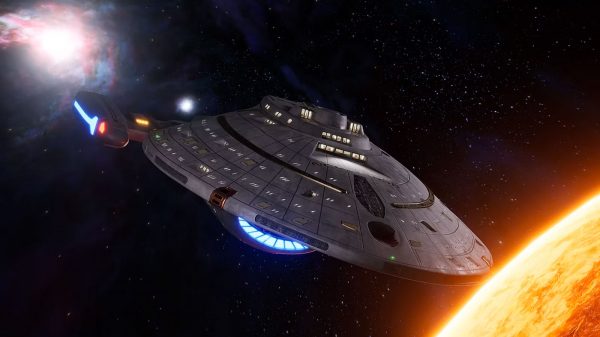
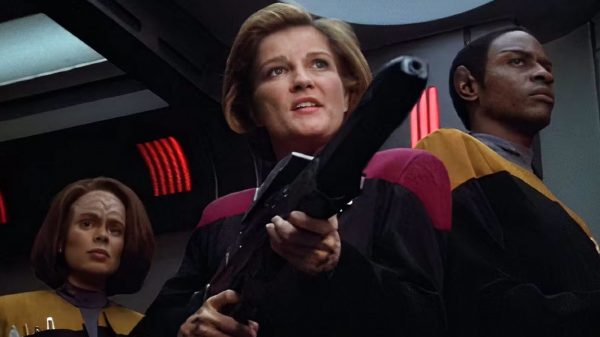
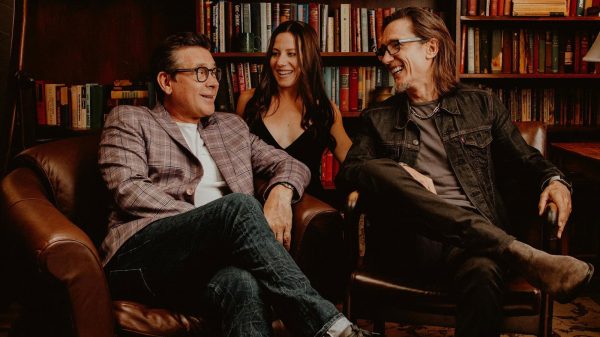

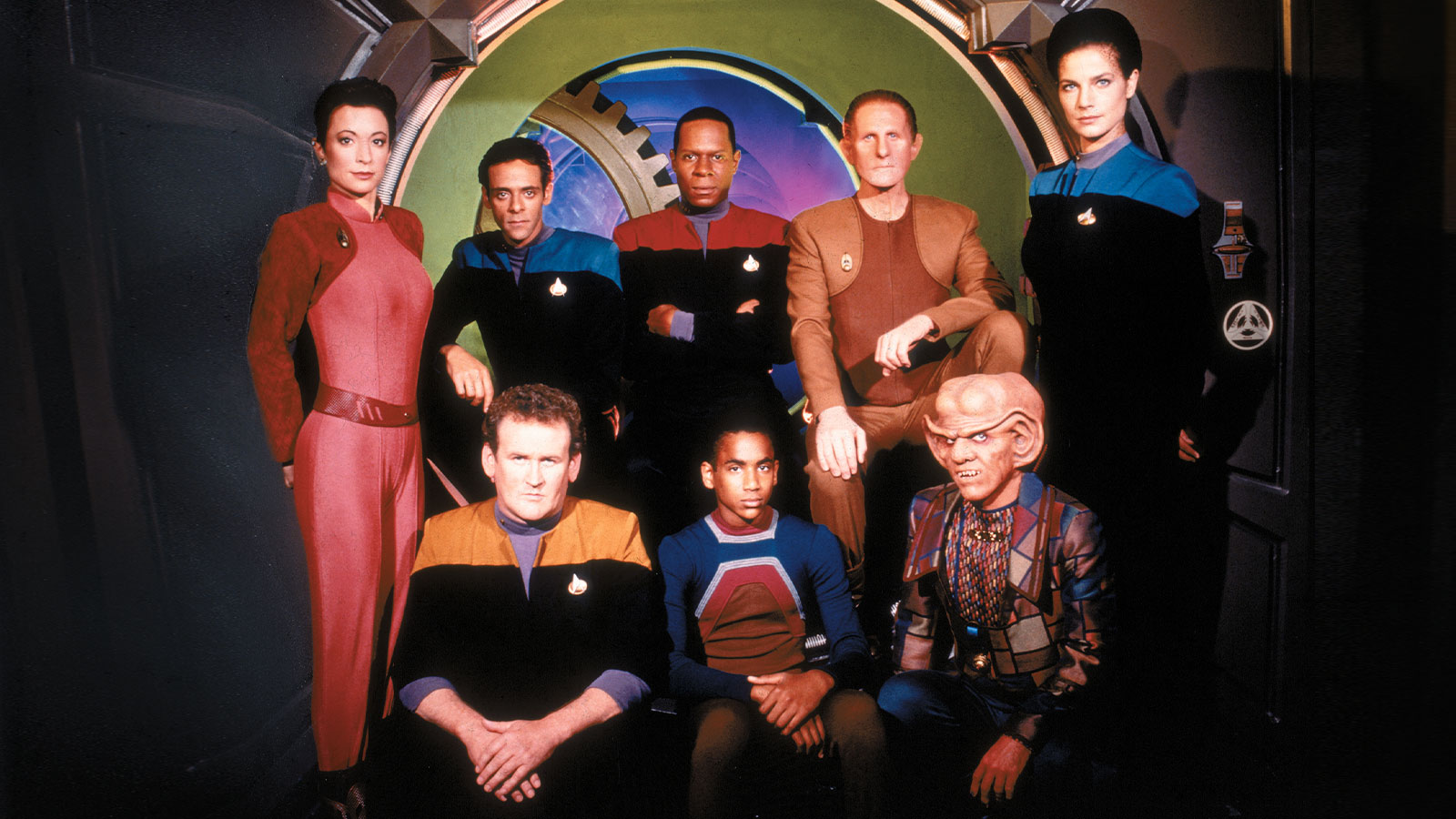
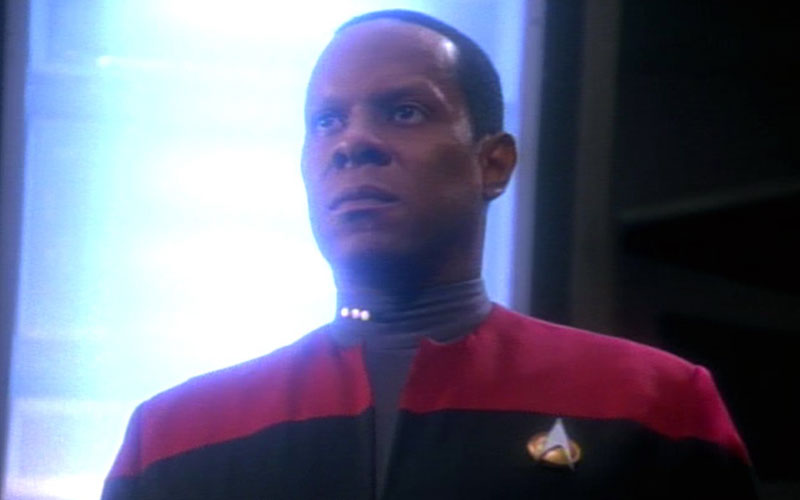
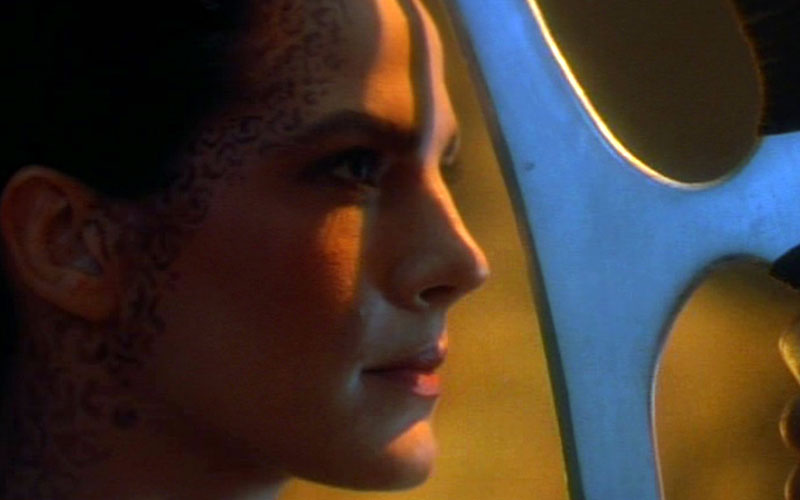
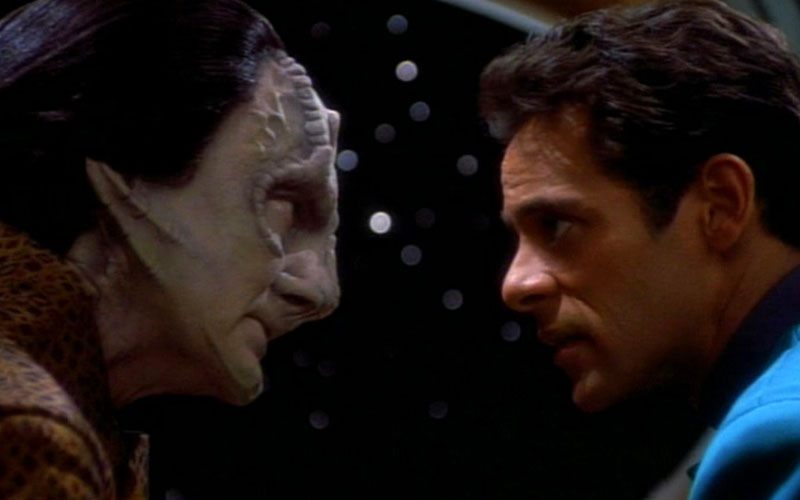
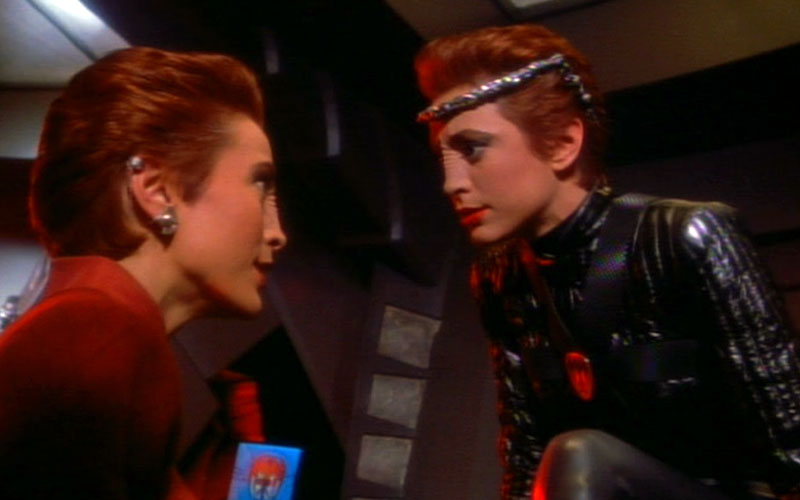
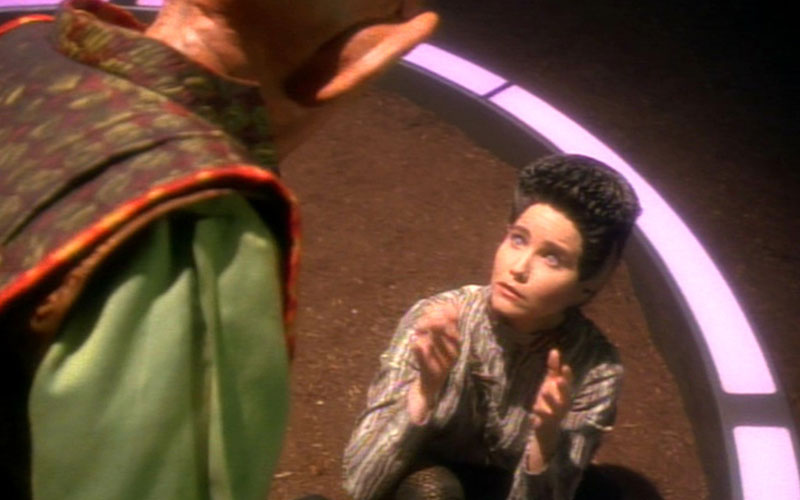
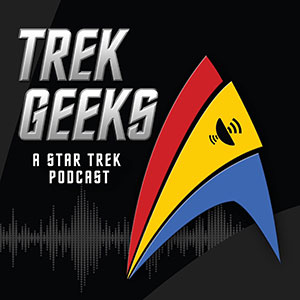

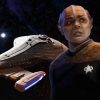
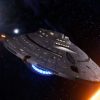

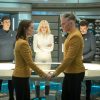
Vger64
February 1, 2017 at 9:55 pm
I love me some DS9!!!!
Rules of Acquisition
February 2, 2017 at 11:58 am
Great analysis! Season 2 gets flack sometimes, but there are some gems and it does a good job laying groundwork for what later DS9 becomes.
Charles R
February 2, 2017 at 12:20 pm
A good article. I think DS9’s first season gets unfairly put down just because it’s nowhere near as good as the rest of its run. It has more to recommend itself than any other first season of Trek except for TOS’s first season; I would call it solid yet mostly unremarkable, not weak. While you singled out two of the best episodes of that season, I would also add the season finale, In the Hands of the Prophets, as a highlight. A tight political thriller, with some realistically disturbing extreme protest scenes and an exciting climax. It’s sadly all too relevant to our current political atmosphere, and like Duet, a taste on the nuanced storytelling DS9 would develop in later seasons.
As for the second season, I think you selected what would be my top 5 from the season. I think The Circle three-parter, Paradise, and the two “mess with O’Brien” episodes (Whispers, Tribunal) are also especially worthwhile.
el marpla
February 6, 2017 at 8:42 am
I would also single out Progress as a great season 1 episode
Jackie Kent
February 3, 2017 at 11:21 pm
I think DS9 continued improving as it went along, so the first 2 seasons will pale in comparison. The build-up to the Dominion was mostly well-handled, but most of the Odo-searching-for-his-people arcs seem redundant, once we later learn the ‘secret’ of his race.
When DS9 started, I wasn’t sold on Dax, or Bashir, or even Sisko, but I grew to like them more and more as the seasons progressed. In contrast, when Voyager started I liked most of the characters, but in the case of Chakotay, Kim, and Tuvok, grew to like them less.
SaoMagnifico
February 11, 2017 at 11:06 pm
DS9 did character development better than any other Trek to date. Bashir in particular evolves and grows as a person over the course of all seven seasons, as do Kira and Sisko. Among supporting characters, Nog undergoes an incredible transformation, as do Rom, Damar, and even Garak. Even characters who don’t, themselves, change all that much (O’Brien, Worf, Odo, Quark) have relationships with the rest of the cast that shift, deepen, and cast new shades on each of them as the series progresses.
On TNG, I guess…Worf and Troi hooked up for a little while? Pulaski, who was only around for a season anyway, eventually started getting along a little better with the rest of the crew before she was abruptly replaced? Not that it was a bad show, but the characters didn’t develop much over the course of the series, and their relationships didn’t change a whole lot, either. There was definitely development on Voyager and Enterprise, but the character arcs didn’t resonate nearly as well most of the time (Seven, the Doctor, and maybe T’Pol excluded).
SFSeries&Movies
February 4, 2017 at 4:00 am
My absolute favourite TREK too!